Introduction
Pears, with their delicate texture and refreshing sweetness, are a beloved fruit across various cultures and cuisines. Whether enjoyed fresh, cooked, or incorporated into desserts and beverages, pears offer a versatile and nutritious addition to any diet. This comprehensive guide aims to provide insights on how to eat pears in the most enjoyable and beneficial ways, exploring their nutritional benefits, selection tips, storage methods, preparation techniques, and innovative recipes. By understanding these aspects, you can fully appreciate the versatility and charm of this delightful fruit.
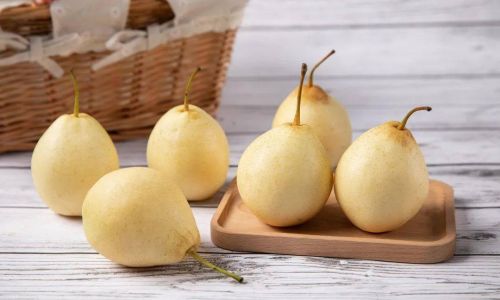
Nutritional Benefits of Pears
Before diving into the various ways to enjoy pears, let’s explore their nutritional profile. Pears are an excellent source of dietary fiber, vitamins (such as C and K), and minerals (including copper and potassium). They are low in calories and contain no saturated fats or cholesterol, making them an ideal choice for those seeking a healthy snack.
Fiber: The high fiber content in pears promotes digestive health, aids in weight management, and may help reduce the risk of chronic diseases like heart disease and diabetes.
Vitamin C: This vital nutrient supports immune function, skin health, and tissue repair.
Vitamin K: Essential for bone health and blood clotting, vitamin K is often overlooked but crucial for overall well-being.
Potassium: This mineral helps maintain fluid balance, supports heart function, and may lower blood pressure.
Antioxidants: Pears contain various antioxidants that help combat oxidative stress, protecting cells from damage and potentially reducing the risk of cancer.
Selecting the Perfect Pear
Enjoying pears begins with selecting the right ones. Here are some tips to ensure you bring home the freshest, tastiest pears:
-
Variety Choice: There are numerous pear varieties, each with its unique taste and texture. Common types include Bartlett, Bosc, Anjou, and Comice. Bartletts are sweet and juicy, perfect for eating raw or cooking. Bosc pears have a firm texture and are ideal for both fresh consumption and baking. Anjou pears are crisp and juicy, while Comice pears are known for their creamy texture.
-
Ripeness Check: Ripe pears should have a slightly soft give when gently pressed near the stem end. Avoid pears that are overly firm or have soft spots or bruises. The skin should be smooth and evenly colored, with no signs of shriveling or discoloration.
-
Seasonality: Pears are generally available throughout the year, but their peak season varies by variety. For example, Bartlett pears are at their best in late summer to early autumn, while Bosc pears can be enjoyed from late autumn to winter.
-
Origin Consideration: Pears from regions with optimal growing conditions tend to be tastier and more nutritious. Look for locally sourced pears when in season to minimize transportation time and environmental impact.
Storing Pears Properly
Proper storage is key to preserving the freshness and quality of your pears. Here’s how to store them:
-
Unripe Pears: If your pears are not yet ripe, store them in a cool, dark place, such as a pantry or on a kitchen counter away from direct sunlight. This will allow them to ripen gradually.
-
Ripe Pears: Once ripe, pears should be refrigerated in a plastic bag or container with ventilation holes to maintain their moisture and freshness. They can last up to a week in the refrigerator.
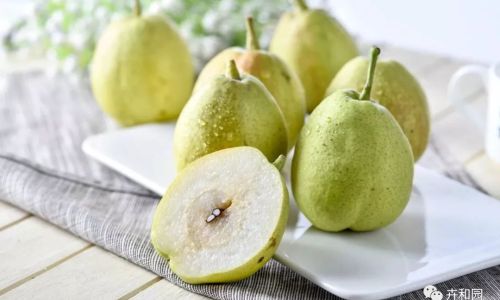
-
Avoid Mixing: Store pears separately from other fruits, especially ethylene-producing ones like apples and bananas, as they can accelerate ripening and potentially cause the pears to spoil faster.
Preparation Techniques
Preparing pears for consumption involves simple steps that enhance their flavor and presentation. Here are some techniques to try:
-
Washing: Always wash pears thoroughly under running water before eating or cooking. Use a vegetable brush to remove any dirt or residue from the skin.
-
Peeling and Coring: While the skin of pears is edible and contains nutrients, some prefer to peel them for a smoother texture or aesthetic appeal. Use a vegetable peeler to remove the skin and a melon baller or small knife to core the pear, removing the seeds and stem.
-
Slicing and Dicing: Pears can be sliced thinly for salads, diced for fruit salads or baking, or halved and cored for stuffing or grilling.
-
Poaching and Steaming: Gentle cooking methods like poaching or steaming preserve the natural sweetness and texture of pears, making them ideal for desserts, sauces, or baby food.
Innovative Recipes
Now that you know how to select, store, and prepare pears, let’s dive into some delicious recipes to inspire your culinary creativity.
-
Grilled Pears with Honey and Blue Cheese:
- Slice ripe pears in half, remove the cores, and brush with olive oil.
- Grill the pear halves over medium heat until they are slightly caramelized.
- Drizzle with honey and sprinkle with crumbled blue cheese.
- Serve warm as a unique appetizer or dessert.
-
Pear and Cranberry Crisp:
- Combine sliced pears, fresh or dried cranberries, lemon juice, and a bit of sugar in a baking dish.
- Top with a mixture of oats, flour, brown sugar, cinnamon, and melted butter.
- Bake at 350°F (175°C) for 35-40 minutes until the topping is golden and crispy.
- Serve warm with a scoop of vanilla ice cream or a dollop of whipped cream.
-
Pear and Goat Cheese Salad:
- Toss thinly sliced pears, arugula, crumbled goat cheese, and toasted walnuts with a light vinaigrette made from olive oil, balsamic vinegar, honey, and Dijon mustard.
- Season with salt and pepper to taste.
- Garnish with fresh herbs like basil or mint for an added touch of flavor.
-
Pear Sorbet:
- Puree peeled and cored ripe pears with a bit of lemon juice and sugar (or honey for a vegan option).
- Strain the mixture through a fine sieve to remove any pulp for a smoother texture.
- Freeze in an ice cream maker according to the manufacturer’s instructions.
- Scoop and serve chilled for a refreshing dessert.
-
Pear and Ginger Tea:
- Simmer sliced pears, fresh ginger slices, and a cinnamon stick in water for about 15 minutes.
- Sweeten with honey or a natural sweetener of your choice.
- Strain and serve hot or iced, garnished with a slice of lemon or a sprig of mint.
Conclusion
Pears are a versatile and nutritious fruit that can be enjoyed in countless ways. By understanding their nutritional benefits, selecting and storing them properly, and exploring various preparation techniques and recipes, you can unlock the full potential of this delightful fruit. Whether you prefer them raw, cooked, or incorporated into sweet or savory dishes, pears offer a delightful and healthy addition to your diet. So, the next time you’re at the market, pick up a few pears and start experimenting with these tips and recipes to discover your favorite way to enjoy them. Bon appétit!
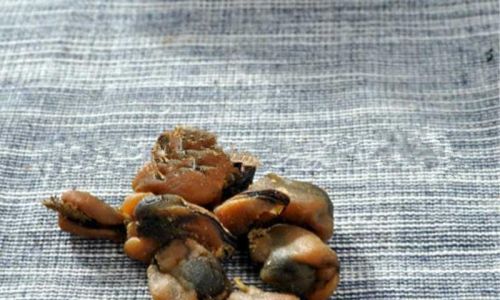
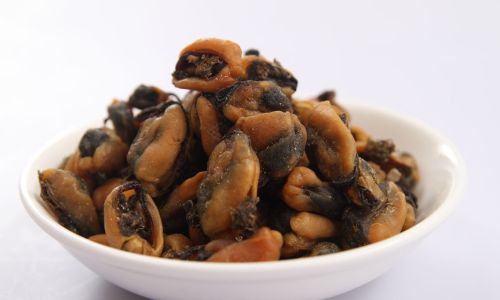
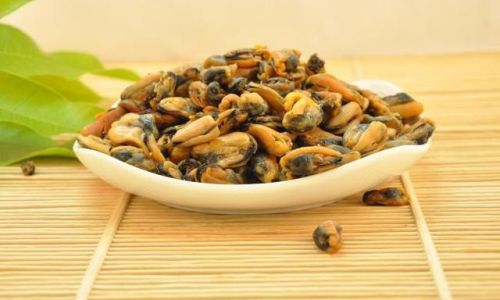



0 comments